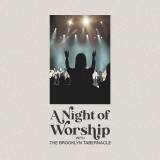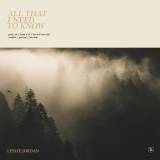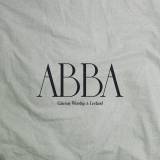A Letter to My Worship Leaders (Part 1)
1. As a church family, we’d like to collectively “own” only a certain number of songs from which we regularly draw.
We’d like for these to be “our” songs—songs that we love, that resonate with who we are, and that we enthusiastically engage as a church body. Worship leaders almost always know far more songs than the churches they serve and are tempted to constantly introduce new ones. We need to throttle that down.
2. Please choose singable songs.
This may be one of the most important principles here, because it is not our desire that all people see is you and the band sing and play with excellence. We desire the church to join in and sing as with one voice in worship.
Congregational singing requires that the congregation be able to sing the songs.
So, there may be a lot of songs in say key of Tomlin, and that might work, but they all need to be in the key of the Church.
3. In that same vein, please sing the singable songs you choose in singable ways.
The congregation needs to be able to follow the prescribed melody. There is often temptation for worship leaders who are gifted vocally to sing extemporaneously, breaking out in ad lib lead parts. That can leave the (untrained) congregation without direction as to what they are meant to sing.
As the church grows and develops, it may become more apt to sing beautiful harmonies, so creative harmonies and lead parts may be more apropos. This is not trying to stifle your creativity, but the concern is for the whole congregation to be able to sing along.
So be creative, but make sure the people know what they should sing. The best way to do that may be to have several carry the melody if you choose to harmonize. There always needs to be someone carrying the melody if people are to have confidence to sing along.
Also, that means congregational singing tends to be maximized and guitar solos minimized , special arrangements, and even performances. It's not that they are bad, it is that time is limited and there's need to focus on the congregation worshiping the savior during the short time available.
Tomorrow, I'll post part two of my letter. Be sure to check back.
















No comments